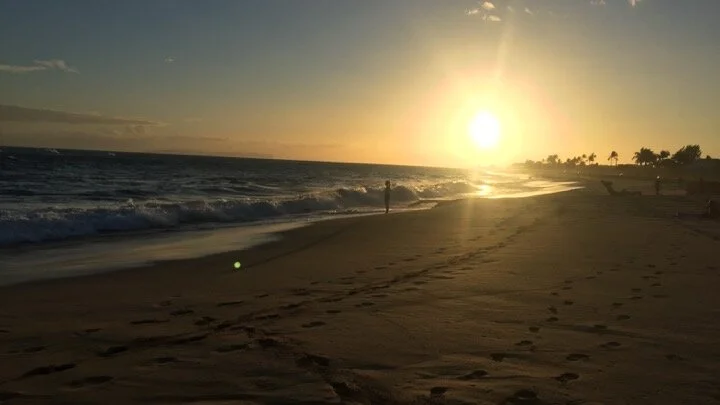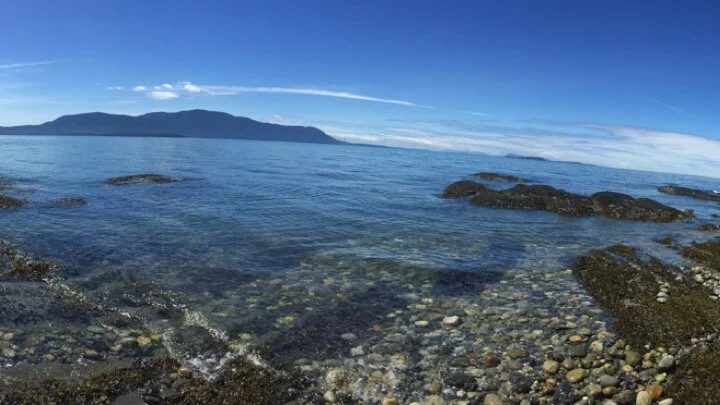Engaging People with Ocean Health — and Inspiring Action
Our oceans are on track to have more plastic than fish by 2050. Every year, eight million metric tons of plastics end up in our oceans, and an estimated 150 million metric tons of plastic are already in the sea (MacArthur, 2017). Plastic can take up to 1,000 years to biodegrade. While plastic exposed to light — like those in the ocean — biodegrade faster, that’s not necessarily good: these plastics break down into toxic chemicals that end up being ingested by animals and seep into our own water supply (Harris, 2020).
Many have seen devastating photos of turtles trapped in plastic soda rings or seabirds with stomachs full of plastic — which has helped rally action around implementing plastic bans across the globe. While citizens, businesses and governments are taking steps to combat plastic pollution and marine debris, we still have a long way to go. And while viral photos can make a short-term impact, studies show that many people are concerned about ocean issues, but don’t act because (Schuldt, 2018):
They don’t know what to do
They don’t know how these issues impact them or their communities
Politics sway their perspectives of these issues and their desire to address them
Communicators can help bridge this gap in ocean health and other climate change issues, but toeing the line between informing and inciting action can be a delicate balance. While it’s important to illustrate the breadth of the issue, doom and gloom communications can overwhelm people and lead to and inaction (Knowlton, 2017).
Communicators can play a key role in promoting ocean health and other environmental issues by using effective strategies that engage people and incite action. This research builds on previous academic work and synthesizes strategies used by four small organizations in coastal regions around the world with very different political, economic and cultural priorities. Learning how, when and why these organizations communicate can inform future communications to promote cleaner oceans and a healthier planet.
How and why do global organizations address ocean health issues?
How do they engage others and inspire them to act?
Focus Organizations
What can these organizations teach us?
Effective Communication Tactics and Strategies for Ocean Health
These key takeaways build on previous research surrounding ocean health communication and build on it by synthesizing tactics from four focus organizations. By learning how and why people care about and act upon ocean issues — from Seattle to Indonesia — this framework provides strategies and key takeaways to inform future communication in this space.
I plan to use this framework to inform future communication strategies and storytelling around ocean health issues. This framework could also be applied to other environmental issues to inform communications that engage people with these issues and inspire them to act.





